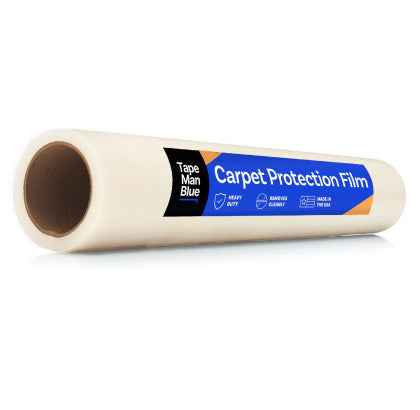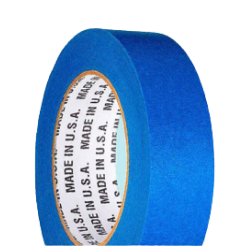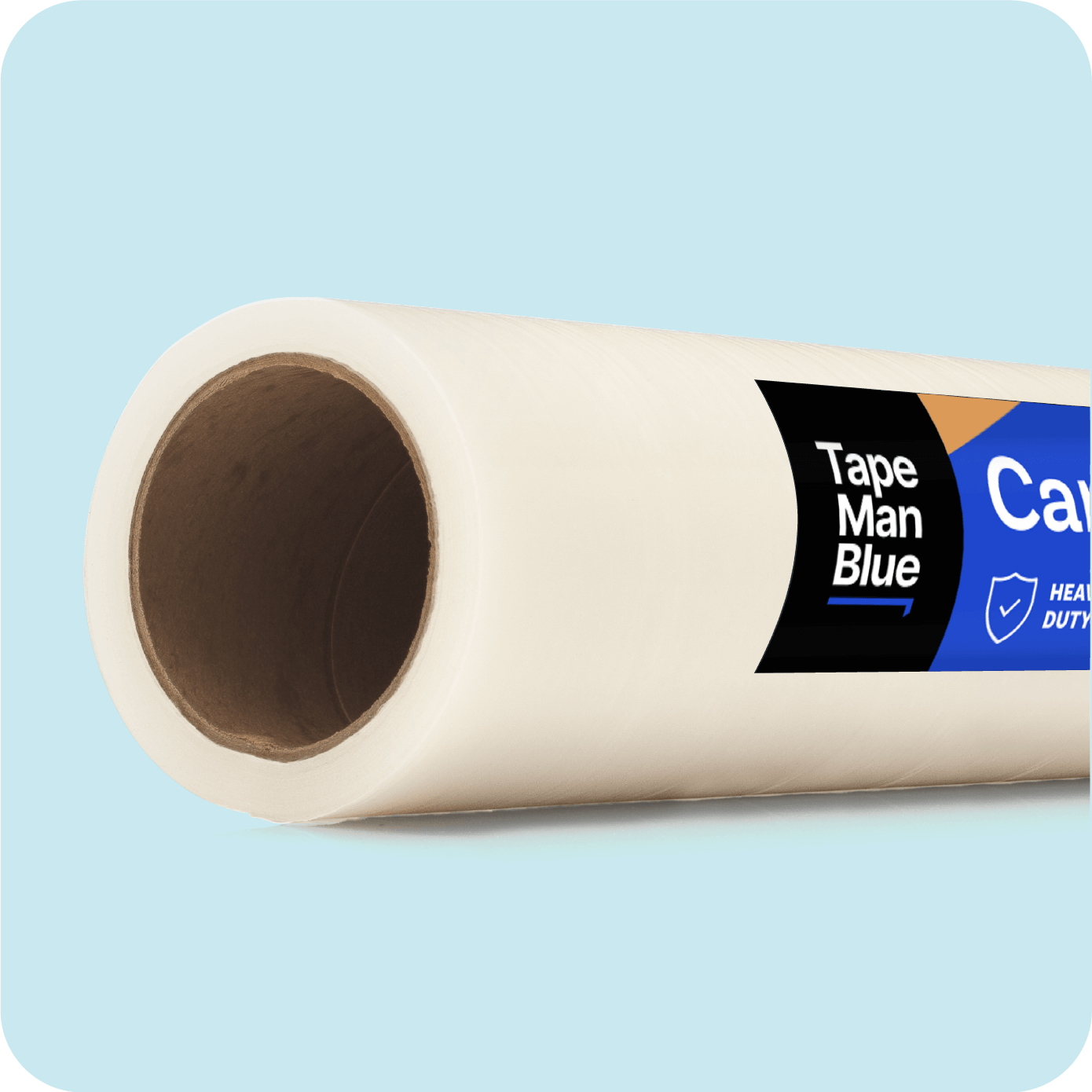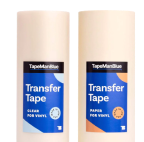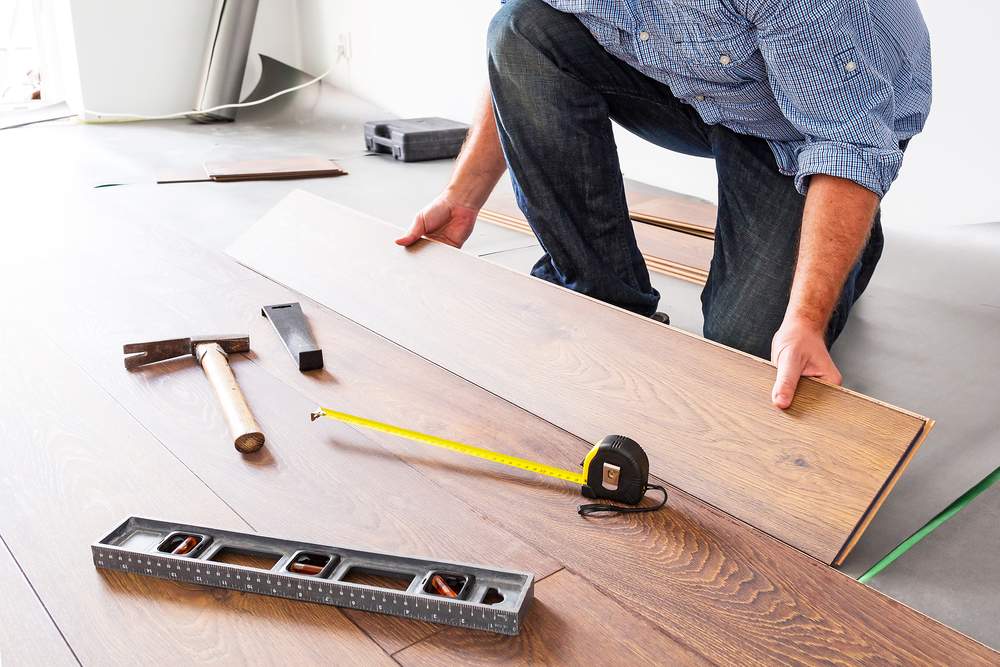
Job site costs can cut into your profits as a contractor. Labor, materials and time all play parts in your direct costs for a project. Your overhead costs include how much you spend to keep your business running. All of these costs can get out of hand, costing you money on a project instead of making it profitable.
Rather than letting the amount you spend get out of hand, you can learn some simple ways to reduce construction costs. Whether you're lowering the amount you spend on building materials or reducing labor costs, cutting down on your spending ultimately helps to improve your bottom line and make your business more profitable. And you don't have to cut quality to do it.
Most Common Reasons Why Construction Costs Get Expensive
Construction costs can get out of hand quickly, and 85% of projects overrun their budgets. You need to look at both the direct and indirect costs of a project to get an accurate estimation and prevent overrun. But even with the best planning, you can still find your job going over budget. Some common mistakes contribute to this event. Learn what these are so you can avoid them and learn to improve the bottom line in construction.
1. Not Shopping Around for Materials
Failing to comparison shop for materials means you miss out on saving money. Instead of sending your workers to the nearest retail hardware store, shop for all the components for your project before from wholesale dealers online.

Shopping online for construction materials allows you to compare prices easily. To get discount building materials, buy in bulk, which will give you the best cost per unit compared to purchasing the same products from a retail store. Because the amount of building materials you purchase for your project is large, small cost savings per unit will add up quickly.
2. Poor Site Management
Not managing the job site properly will result in wasted time and project delays. Failing to keep workers on task and allowing too much absenteeism can reduce efficiency on the site, which means the project takes more time. Choose competent, trusted site managers who will create task goals for workers and ensure they meet them. The site manager should also regularly remind the workers of the completion date. Site managers must be good communicators to ensure everyone working knows the expectations for meeting the deadline for the project.

3. Not Hiring the Right Workers
Not hiring the right workers can affect performance and deadlines. The wrong team may have workers who do not have quality workmanship or have absenteeism problems. Needing to replace problem workers during a project can cause delays and cost you money. You will need to find new workers, train them and get them up to speed with the project, all of which take time and money.
Start with hiring proven workers or subcontractors you have worked with in the past. Check for licensing to prove their abilities in their fields. For instance, if you hire electrical subcontractors, they should have electrician's licenses for your state to prove their ability in the field.
4. Cost Planning Errors
Construction projects may experience cost overrun due to spending more than expected or budgeting less than needed. For example, in one study, the engineering estimate for completing a road construction project was just over $20 million. The winning bid for the project came in 32% lower than the engineers' estimate, indicating that either engineers overvalued the job or a contractor underestimated the costs. For that project, millions of dollars made the difference between bids. Underestimating costs may help you win a bid, but it could cost you in the end.

If you go over your estimated costs, you may end up cutting into your profits. Don't forget to factor into your bid all of the costs found on a typical list of overhead expenses in the construction business, such as administrative operations, employee training and legal fees. While you won't specifically list these on a bid, you will factor it into the total bid price along with the percent of profit you anticipate. Site overhead costs range from 5% to 15% of the project total. For general overhead, the amounts can be 2% to 5% of direct operating costs.
It's better to have a correct bid and use construction cost-saving ideas instead of underestimating the total cost and cutting into the money you make.
5. Human Error
There are several ways human error can cost you money. If your workers accidentally damage equipment, you have to pay for the replacement. To prevent damage, don't allow workers to take home expensive devices, such as the tablets that many construction crews use on-site. The additional use and travel outside of work put the devices at increased risk for damage that could cost your company money.

Mistakes happen, but workers need to fix the errors they make. In some instances, having to redo work wastes time and materials on the job site. For example, if a worker uses the wrong paint on part of a project, they will need to repaint the area, which wastes the first batch of paint and the worker's time. To prevent mistakes from happening due to workers not understanding the job, have team members check on each other throughout the day. If an error occurs, correcting it partway through the process takes less time than waiting until completion.
6. Environmental Delays
One problem construction crews run into is delays due to weather. With too many delays, your project goes beyond its completion date, which may prompt workers to cut corners on quality or make mistakes. Instead of these last-minute time-saving measures reducing costs, they may actually cost you money.

While you cannot know if your site will experience natural disasters or inclement weather, you can keep such incidents from affecting your bottom line too much. Investing in insurance can help reduce the impact these events have on you.
Top 10 Ways Contractors Can Reduce Job Site Costs
There are many tips for how contractors can save money when building a house or completing any other type of construction project. The basic advice of saving money, working efficiently and improving productivity can help with projects as varied as roadwork and homebuilding.
Cost reduction in the construction industry should not require you to reduce the quality of work you do. Instead, you should still put the same effort into the projects while being more efficient in spending and operations. In doing so, you will have a leaner operation that results in improving your profits.

1. Buy Materials in Bulk
Buying materials in bulk will save your project money because costs decrease the more you buy. If you know you'll eventually use a large amount of a certain product, buying in bulk is an excellent way to reduce your costs.
Be careful in how you store your bulk purchases to keep them in good shape for when you need them. For example, you don't want to store paper products in a leaky garage or storage area where rain or humidity could cause mildew. The best place for most materials is a clean, dry storage area where you can quickly access the products you need.
Planning ahead and buying in bulk ensures that you won't run out of materials in the middle of a project while giving you the chance to take advantage of bulk discounts.
2. Buy Wholesale Building Materials
One of the best tips for how to cut building material costs is to skip the retail home improvement store. The store marks up materials to make a profit after buying the goods from a wholesale distributor who marked up costs. When you buy wholesale, you cut out the extra costs that give a profit to the retail stores.
Wholesale dealers work directly with contractors to get you the best prices and bulk deals. Because these dealers have the same equipment that retailers sell, you don't have to worry about getting poor quality equipment in exchange for your savings. Keep quality high and prices low when purchasing tools and materials by shopping wholesale.
3. Improve Efficiency on Site
Improving efficiency on the job site can help you reduce wasted time that increases costs. Find the most efficient equipment to get the job done in the least amount of time without reducing quality. For example, instead of using individual shovels and people to dig a hole, invest in a digging machine such as a trencher or excavator. These powered devices may cost more initially, but they will save you time and worker stress. The more you use these time-saving devices, the more you can justify their purchase.
Another way of improving efficiency on the job site is to encourage managers to keep workers busy. If inclement weather prevents working outside, have workers do as much as they can on interior tasks, if possible. For example, if rain prevents exterior painting, transfer those painters to work on the walls and ceilings inside the building.
4. Use the Right Gear for Saving on Painting
Using the right equipment for a task reduces the chances of mistakes happening. For painting, supply workers with a variety of paint rollers and brushes they need for the job. They will also need drop cloths and painter's tape.
Low-quality equipment will affect the results. For example, cheap brushes will leave hair in the paint. Drop cloths that are too thin will tear, allowing paint to stain the floor. Low-quality painter's tape will result in rough edges, tape that does not peel off cleanly or tape that falls off the wall during the project. By replacing cheaper substitutes with high-quality products, your workers will be able to get their painting tasks done faster thanks to durable drop cloths, easily removable painter's tape and smooth brushes.
5. Implement Just-in-Time Practices
To improve the profitability of a construction project, you can implement some leaner business practices, such as just-in-time material use. While some products, such as tools, will move to multiple job sites, for specific projects, consider using a just-in-time ordering technique. This method uses ordering only the materials needed for that specific project to reduce overspending.
For example, only order the exact number of tiles you need with a slight overage to account for broken parts. Recycle or use any excess parts for another project. Instead of ordering by a set amount, such as 500 tiles, make orders customized for the job. Measure the floor space that requires tile and order based on that. When you implement this means of ordering, you learn a powerful method for how to cut building materials costs.
With the correct amount of materials arriving only when needed, you will also save the costs of storing the materials on the site. You will only need to pay the subcontractors for the time they are on site and installing the materials instead of paying them for extra days before you need them.
6. Invest in Quality Tools
The quality of the tools you use is as important as the caliber of the materials you have. Good tools should last through even the rugged conditions of construction sites. Even if you think you save money buying economically priced tools that have lower quality, those pieces will fail sooner than if you purchased higher-quality models.
When evaluating the quality of tools, also find out about any warranties they carry. Keep careful track of warranty information and make claims where needed. Failing to file a claim on a product covered by warranty is throwing away money.
7. Know When to Rent Equipment
You don't have to buy everything you use. If you have to use a specific piece of equipment only a few times a year, rent it to save money. Rental is an excellent option for heavy equipment such as loaders, excavators, backhoes and cranes.
Look at how often you use the piece and its rental cost. If the cost to rent the equipment is less than how much you would spend to own it with maintenance and purchasing, renting remains your best option. If the scale tips the other way, you will save money over time by purchasing the equipment.
8. Use Tools Wisely
Manage how your workers use tools on the job site. Create an inventory indicating how many and what types of tools and equipment you own. When a worker needs tools for a project, have them sign out the necessary equipment. Mark all tools owned by your business to avoid having them get confused for workers' personnel equipment.
This sign out process benefits you in two ways. First, it ensures the tools return to the storage area at the end of the day. By requiring workers to sign their tools in and out, you reduce costs from product loss when tools accidentally "walk off" the site.
Secondly, it prevents workers from using the wrong tools for the job. Using the wrong equipment could lead to the premature breakdown of the tools. For example, a worker using an underpowered drill will put excessive stress on the machine, shortening its life and possibly breaking it.
Another way of working with your tools is to sell the tools at cost to your workers or have them supply their own set of tools for the job. Offer higher wages to those workers who bring their own tools to the site. Even the extra salary for those employees will still cost less than buying tools for them to use.
9. Eliminate Construction Waste
While just-in-time purchasing will help reduce the excess materials you have, your job site will still generate large amounts of construction waste. Find ways to reuse and recycle as much as possible to reduce your waste removal costs. Choose products that have less packaging and come in bulk containers. Not only will you cut down on the waste on your site, but you will also save money on construction costs due to your workers being able to unpack and use the materials quicker.
Also, avoid time wasted because of inefficient site layouts that require excessive movement of workers and materials. Such movement takes extra time and labor. The schedule for your workers also needs to maximize the time of each employee on-site without having too many or too few workers. Having too many workers will lead to you paying employees for wasted time while not having enough people makes work inefficient.
10. Plan for Change
When it comes to knowing how to keep construction costs down, do not mire yourself in sticking strictly to the bid. Changes will occur during construction projects, and unless you plan for them to happen, you will lose money on the job.
Ideally, you should include in the contract information on what your responsibilities are if the customer requests a change order. This provision will cover your costs if the change requires additional time or materials. Failing to plan for change will increase your operating costs, but you can lower construction costs by having change order instructions clearly indicated in all contracts. If you do, you will never get caught off-guard and over-budget if a change occurs.
Importance of Improving Profitability on a Construction Project
When you identify ways to reduce construction costs without cutting quality, you improve the bottom line for your construction project. When you consider that some contractors make only 1.5% profit on jobs, maintaining or growing this ultra-thin margin becomes even more critical to avoid losing money.

Using lean practices, which requires doing more with less, can increase your profits. Among general contractors, 71% found using at least one practice to reduce costs boosted their bottom lines and profitability. Of course, you want your jobs to be as profitable as possible to allow for the future growth of your operations. But profits are not the only thing you should worry about.
Even with greater profitability from finding ways to reduce spending, 41% of contractors found the ability to make more competitive bids due to their lower costs benefited them more than profits. While you can increase profits on one job with cost-saving measures, getting more bids will help more. The more bids you can win, the more work you can do, which will improve your total earnings.
Save Costs on Tape Supplies
At TapeManBlue, we can help you reduce your supply costs. We offer a wide range of industrial tape and surface protection films that can save you money on your next job.
Our high-quality, multi-use blue painter's tape, for example, is a good investment at a bulk cost. Unlike other tapes, our blue painter's tape has just the right amount of stickiness to adhere to the surface and removes cleanly after you finish painting. Since you won't need to take time to fix errors on the surface caused by poor-quality tape, you will save time and money.
Our high-tack green painter's tape is also an excellent investment at a bulk cost. Our green tape has a higher tack adhesion than blue painter's tape and still removes cleanly up to 14 days after being applied. This tape is best for projects where you'll be painting on rough or uneven surfaces.
Check out our medium-tack adhesive blue painter's tape or high-tack adhesive green painter's tape and see how much you can save by ordering in bulk.
Shop All Tape Supplies Shop Blue Painter's Tape
Sources:
- https://www.contractormag.com/features/contractors_searching_ways_to_cut_costs
- https://blogs.3ds.com/perspectives/lean-construction-saves-costs-improves-bottom-line/
- https://smallbusiness.chron.com/10-reasons-projects-above-budget-40886.html
- https://www.projecttimes.com/articles/got-projects-going-over-budget.html
- https://www.cmu.edu/cee/projects/PMbook/05_Cost_Estimation.html
- https://theconstructor.org/construction/construction-project-costs-direct-indirect-costs/7677/
- https://www.constructiondive.com/news/boosting-the-bottom-line-how-construction-companies-can-cut-costs-and-ensu/420579/

